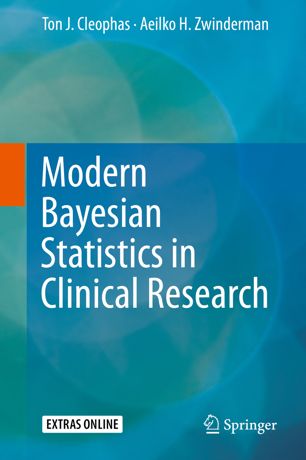

Most ebook files are in PDF format, so you can easily read them using various software such as Foxit Reader or directly on the Google Chrome browser.
Some ebook files are released by publishers in other formats such as .awz, .mobi, .epub, .fb2, etc. You may need to install specific software to read these formats on mobile/PC, such as Calibre.
Please read the tutorial at this link: https://ebookbell.com/faq
We offer FREE conversion to the popular formats you request; however, this may take some time. Therefore, right after payment, please email us, and we will try to provide the service as quickly as possible.
For some exceptional file formats or broken links (if any), please refrain from opening any disputes. Instead, email us first, and we will try to assist within a maximum of 6 hours.
EbookBell Team

0.0
0 reviewsThe current textbook has been written as a help to medical / health professionals and students for the study of modern Bayesian statistics, where posterior and prior odds have been replaced with posterior and prior likelihood distributions. Why may likelihood distributions better than normal distributions estimate uncertainties of statistical test results? Nobody knows for sure, and the use of likelihood distributions instead of normal distributions for the purpose has only just begun, but already everybody is trying and using them. SPSS statistical software version 25 (2017) has started to provide a combined module entitled Bayesian Statistics including almost all of the modern Bayesian tests (Bayesian t-tests, analysis of variance (anova), linear regression, crosstabs etc.).
Modern Bayesian statistics is based on biological likelihoods, and may better fit clinical data than traditional tests based normal distributions do. This is the first edition to systematically imply modern Bayesian statistics in traditional clinical data analysis. This edition also demonstrates that Markov Chain Monte Carlo procedures laid out as Bayesian tests provide more robust correlation coefficients than traditional tests do. It also shows that traditional path statistics are both textually and conceptionally like Bayes theorems, and that structural equations models computed from them are the basis of multistep regressions, as used with causal Bayesian networks.